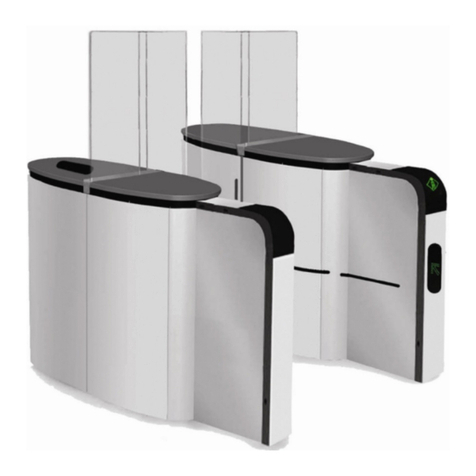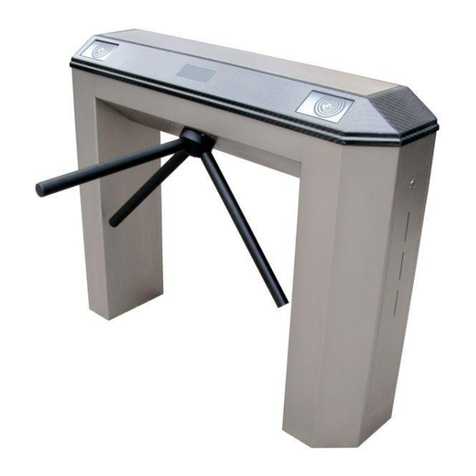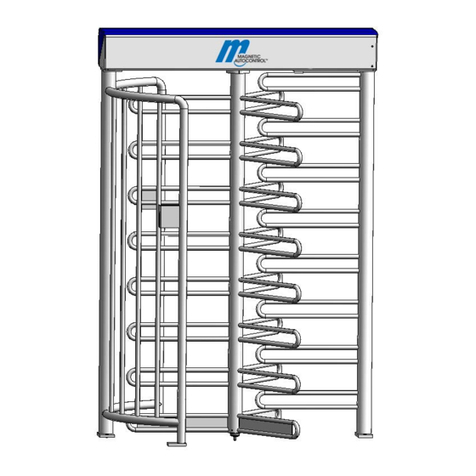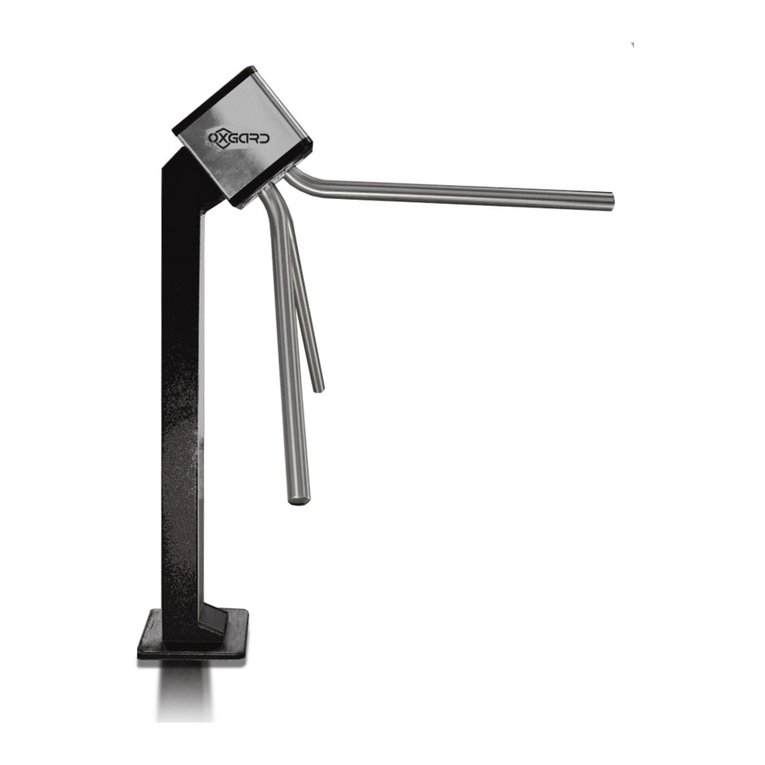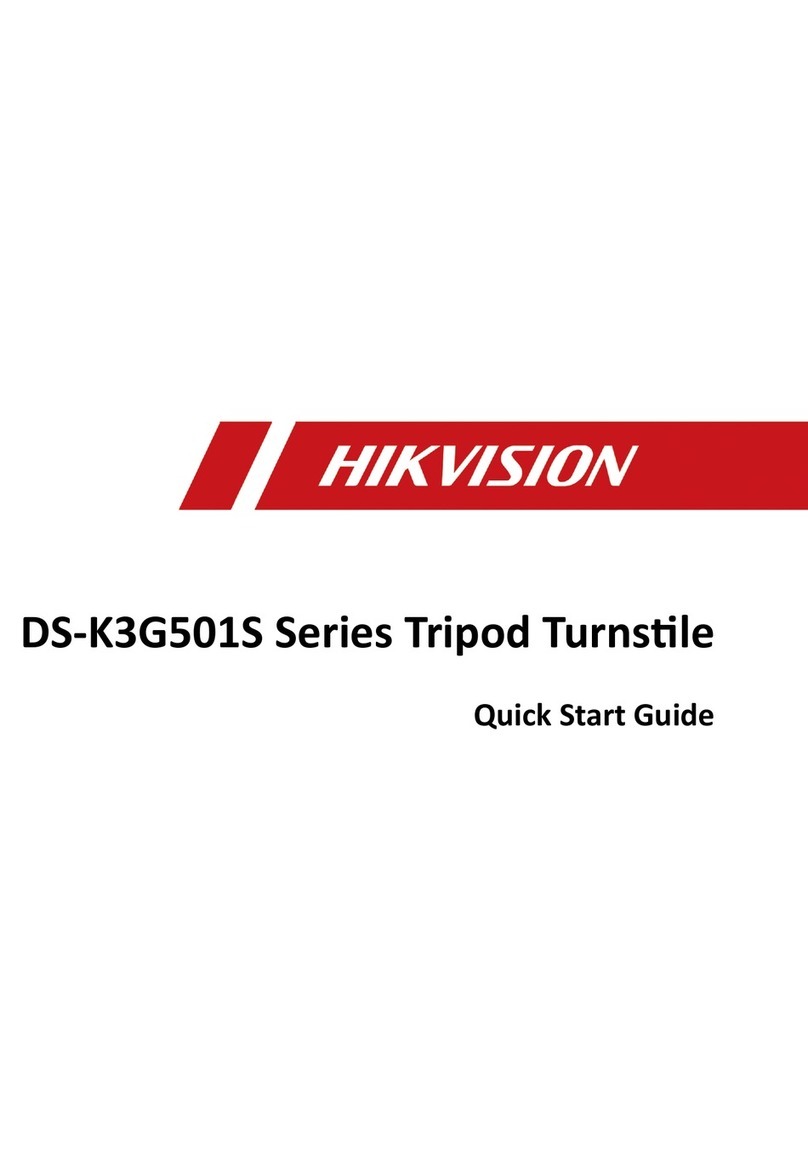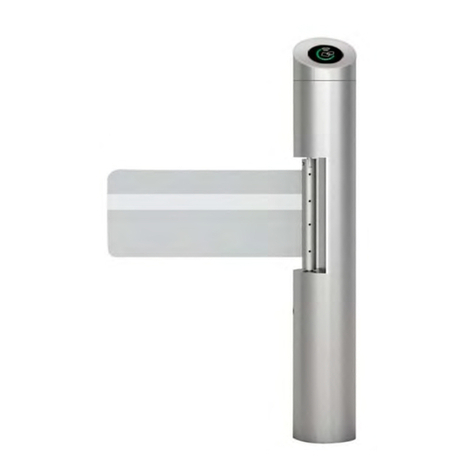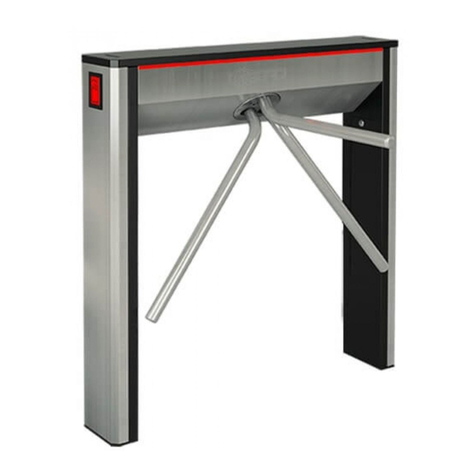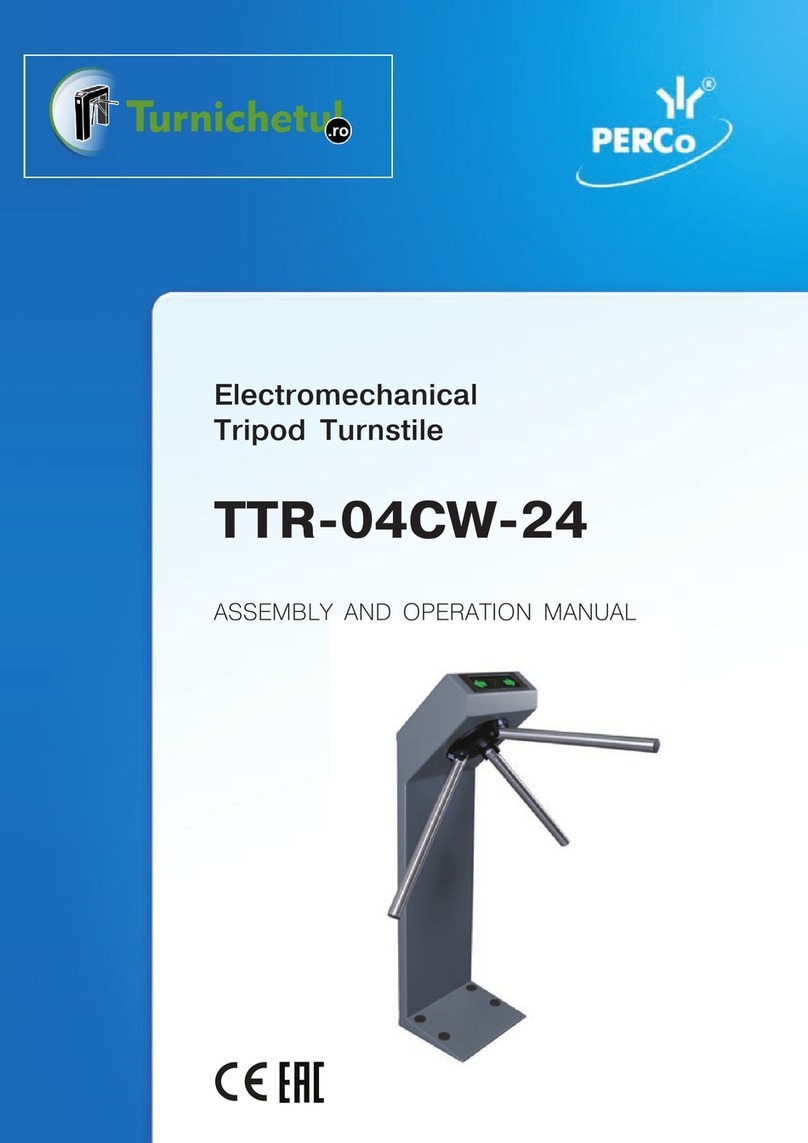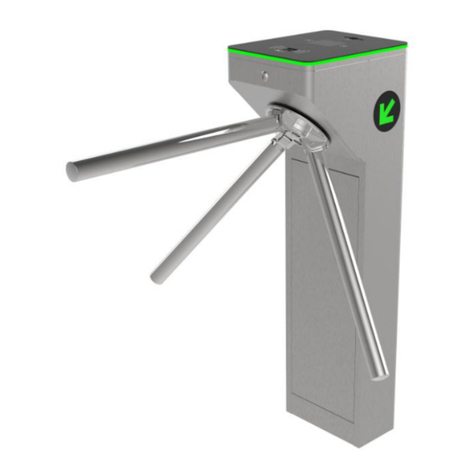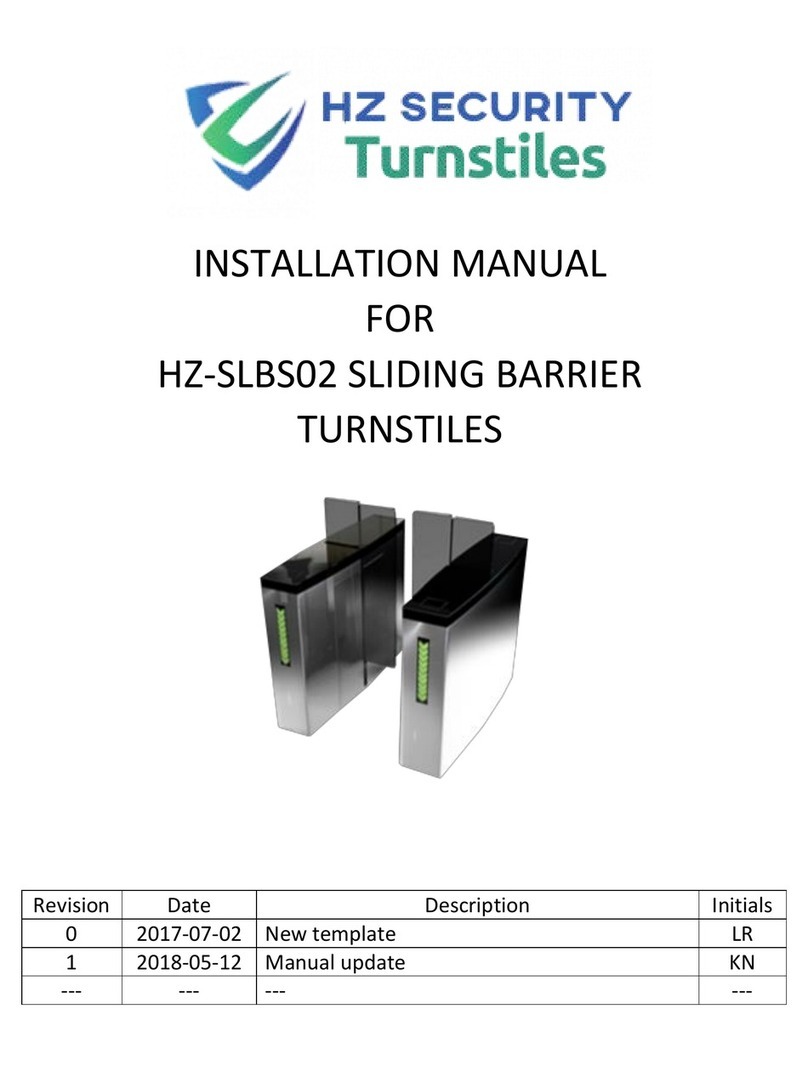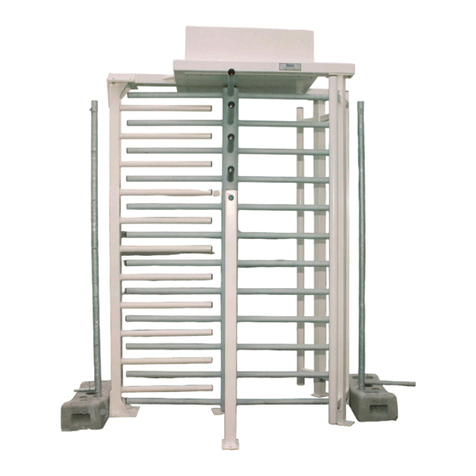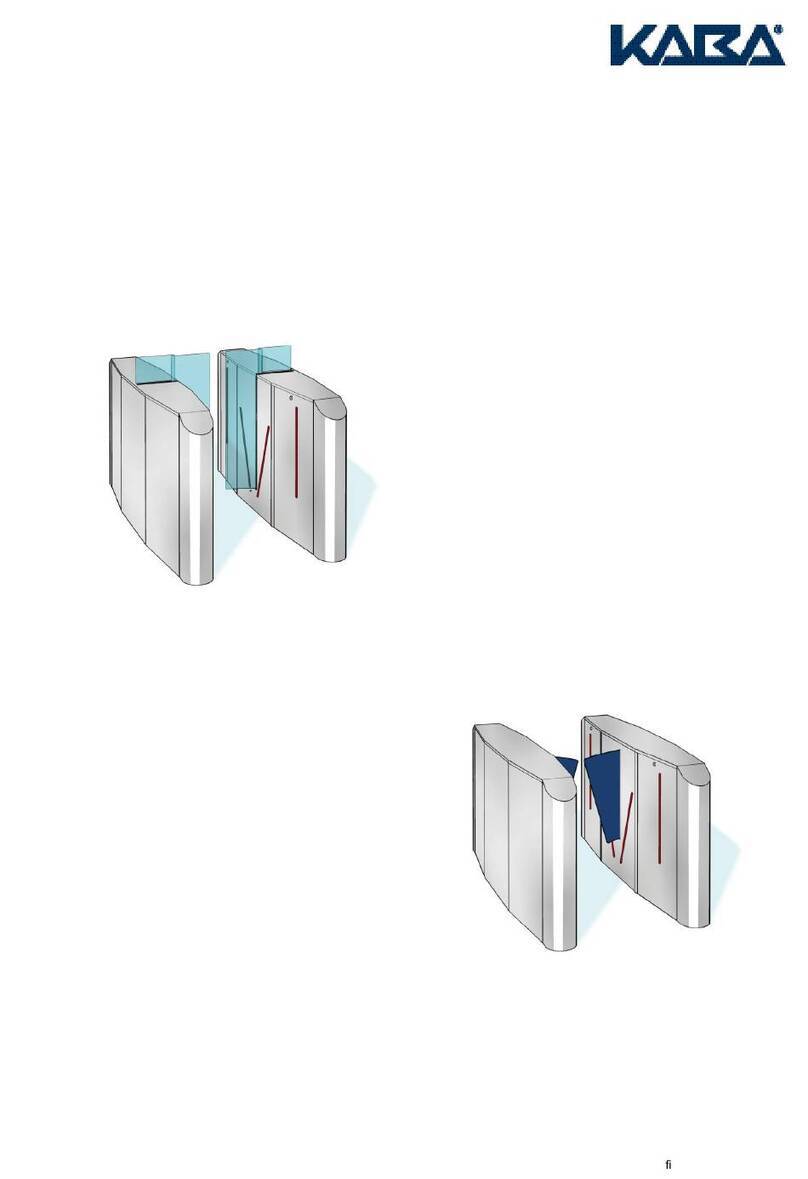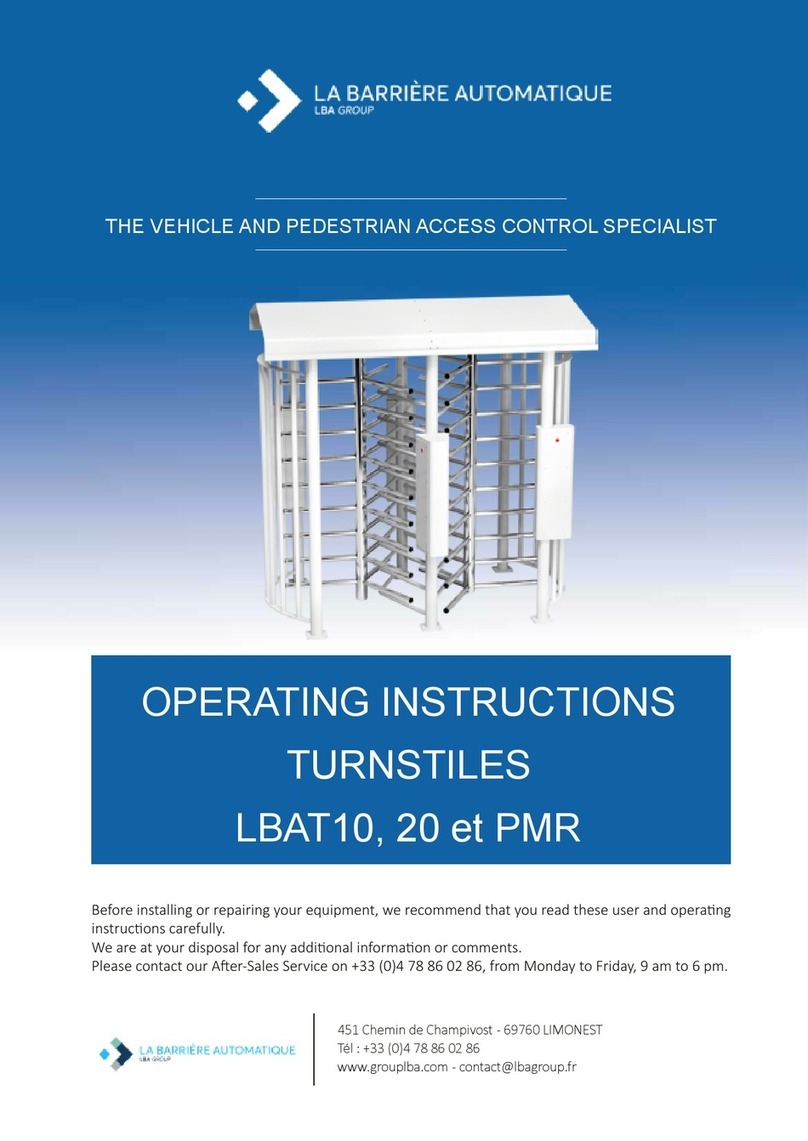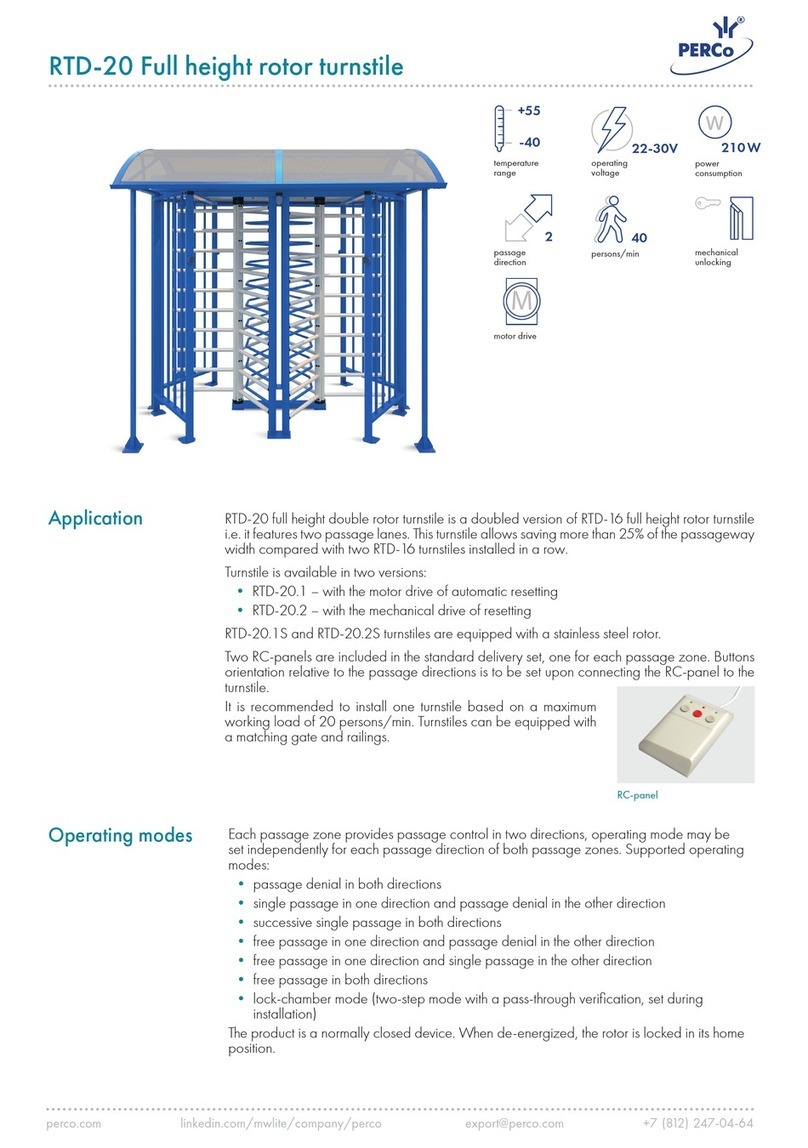
3
M00000118- E-uk – 06.07 DL645 and Simplex 45
Anti Reversal Device..........................................................................23
Positioning Sensors............................................................................23
Sensor Actuators................................................................................23
Sensors...............................................................................................24
Tripod..................................................................................................24
Static Hub Version..............................................................................24
Emergency Drop Arm Device (Optional)............................................25
Electrical Schematics .........................................................................26
LL2001 Control Logic Board...............................................................29
LL2001 Board Inputs..........................................................................30
LL2001 Board Outputs .......................................................................31
LL2001 Board Connectors .................................................................32
Power supply unit...............................................................................34
SECTION 5 Installation
Unpacking...........................................................................................35
Tools required.....................................................................................35
Site Preparation..................................................................................35
Environmental conditions ...................................................................35
Power Supply Characteristics ............................................................36
General Conditions.............................................................................36
Cabling................................................................................................37
Mounting Details.................................................................................38
Unit Positioning...................................................................................41
Electrical Connections........................................................................42
Power Supply .....................................................................................42
Connection with readers.....................................................................43
MP2000 Remote Control Unit connection..........................................43
Emergency / Fire Alarm......................................................................44
RS485 Serial Line...............................................................................44
SECTION 6 Maintenance
General Care......................................................................................45
Routine Maintenance..........................................................................46
Monthly Checks..................................................................................46
Annual Checks ...................................................................................46
Trouble-Shooting................................................................................48
Fault Finding.......................................................................................49
LL2001 Board Replacement...............................................................50
SECTION 7 Spare Parts........................................................................................51
SECTION 8 Table Appendices
Table 8.1 Trimmer TR1 (Solenoids configuration).............................54
Table 8.2 Trimmer TR2 (Reader management).................................54
Table 8.3 Trimmer TR3 (Timings)......................................................55
Table 8.4 Trimmer TR4 (Authorizations stacking,
Counting pulse sequence)..................................................................55
Table 8.5 Trimmer TR5 (REL2, REL3, Traffic Lights)........................56
